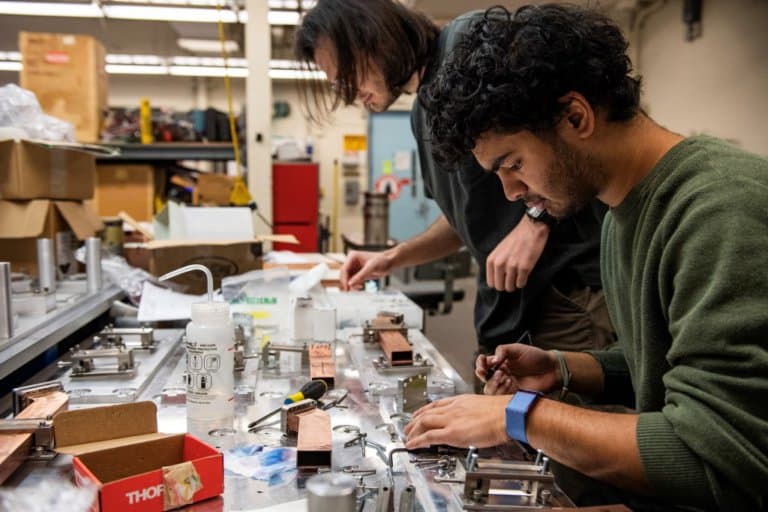
It’s 2023 and never a better time to transfer to a US university — or at least to consider it.
That’s because it’s now easier to fly, at an ease close to what it was before COVID-19 hit. China has also reopened its borders for the first time since the coronavirus pandemic began.
All of this spells good news to anyone who may have chosen to go to a local uni because you couldn’t travel abroad. Or after being cooped up at home, you’re seeking fresh scenery.
You may also be looking to switch to a major that’s not offered by your current uni or have found a more rewarding programme.
Whatever your reasons, you can now transfer to a US university to achieve them.
Over one million students, including international students, transfer to a US university each year — showing that while it seems hard, it’s not impossible.
Shorelight has all you need to know about how to transfer to a US university.

As it’s now easier to travel by air, it gives room for more international students to transfer to foreign unis. Source: Jam Sta Rosa/AFP
Can international students transfer to a US university?
Yes, you can transfer from a university outside the US to a US university.
Typically, most US unis accept those with up to two years of study at another university.
Pay attention to the university’s enrollment deadlines. If you plan to become a transfer student, start gathering your documents, as these can take time to translate and evaluate.
How to transfer to a US university: Your step-by-step guide
1. Contact your Academic Advisor
Your uni will have a policy regarding the transfer process.
The best person to talk to would be an international student advisor or academic advisor to guide you through this process.
They’ll run through all the essential information, deadlines, documents you need to collect, the anticipated cost, and address any changes you need to make to your student visa.
Remember to ask about the credits you can transfer and if you can use your English proficiency test results at your chosen US uni.
2. Start the process as soon as possible
Approach your department, faculty head, or relevant authorities to approve your transfer.
Time is of the essence here since there are many documents and processes (such as informing all stakeholders) to complete before the deadline.

Remember to manage your money well and take care of any financial obligations before you leave for your new school Source: Asif Hassan/AFP
3. Pay everything you need to
Depending on when you transfer, you may have some debts due to your current university. Settle any outstanding payments before you leave to make the process as smooth as possible.
Then, check the actual amount you need to pay to your new school.
The same goes for other financial liabilities, such as rent or return air tickets to your home country.
Prepare to forfeit the deposit and other costs you have already paid, especially if you are set on a hasty transfer.
4. Gather your documents
Check the uni’s website for full details on the documents you need to complete the transfer.
When you are applying to make this application as an international student, you can expect to submit the following documents:
- Your academic credentials or transcripts from the local institution you attended (if your transcript is in another language, you must translate them into English)
- Standardised English language tests such as TOEFL or IELTS
- SAT/ACT or GRE scores (these are college preparatory tests that are used in the US when applying for undergraduate studies)
- A valid I-20 (a document issued to international students accepted by schools certified by the US Student and Exchange Visitor Programme)
- A valid student visa appropriate for the programme and university you are transferring to
- Letters of recommendation
- Application fee
5. Update SEVIS (Student and Exchange Visitor Programme)
Make sure the programme and uni you are considering allow you to meet your visa requirements. This is to maintain your status as an international student.
Students with a J-1 visa can only enrol in programmes approved by the Department of State Bureau of Educational and Cultural Affairs.
The degree you choose must be certified by the Student and Exchange Visitor Programme.










